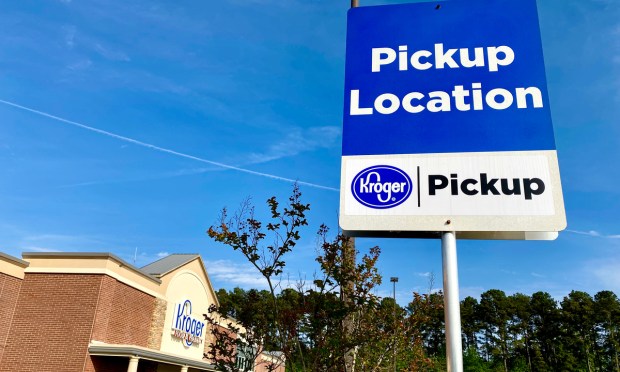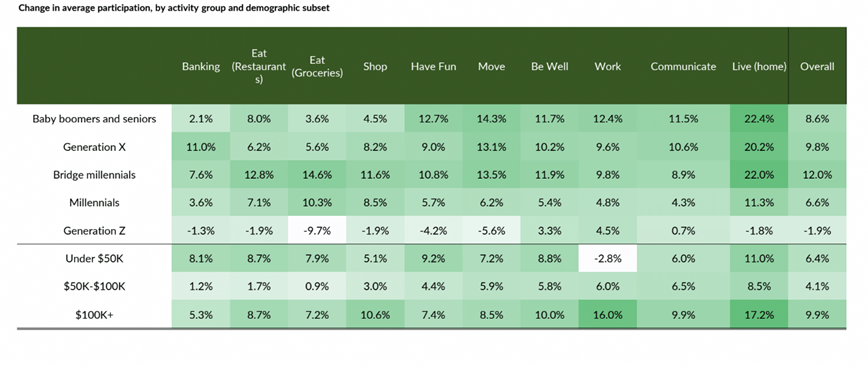Millennials Increase eGrocery Adoption While Gen Z Pulls Back

Consumers overall may be increasing their digital engagement with grocers, but Gen Z is bucking the trend, pulling back.
By the Numbers
Additional research from the survey of nearly 2,500 U.S. consumers behind PYMNTS’ study last month, the “ConnectedEconomy™ Monthly Report: The Urban-Rural Health Divide Edition,” revealed different online grocery trends among different generations.
Specifically, consumers’ digital engagement with the grocery segment has increased 10% year over year among millennials and 15% among bridge millennials. Gen Z, however, has decreased digital engagement by 10% in the same period.
If grocers want to win Gen Z consumers back to their digital channels, they may want to consider one key factor — convenience. Research from the PYMNTS study “Changes in Grocery Shopping Habits and Perception,” for which we surveyed more than 2,400 U.S. consumers, revealed that 45% of Gen Z consumers cite convenience as a key reason for shifting to digital for groceries, a far greater share than said the same of any other factor.

The Data in Context
It is this demand for convenience that new eCommerce-only curbside grocers are looking to take advantage of. In an interview with PYMNTS, Alex Ruhter, co-founder and CEO of curbside grocer JackBe, contended that the model’s strongest advantage is its ability to offer last-minute flexibility.
“We’re having to retrain people in one particular area, and it’s really the game changer for why JackBe has connected in the minds of the consumer, and it’s the fact that you do not have to schedule ahead in order to get groceries,” Ruhter said. “Any [other eGrocery channel] involves scheduling at some point in the future. With JackBe, you can place an order and then go pick up those items immediately.”
Granted, there are drawbacks to driving online grocery adoption as well. Walmart shared in its 2023 Annual Report that the rise in eGrocery sales could negatively impact the company’s ability to drive sales across retail categories.
“A greater concentration of eCommerce sales, including increasing online grocery sales, could result in a reduction in the amount of traffic in our stores and clubs,” the retailer stated, “which would, in turn, reduce the opportunities for cross-store or cross-club sales of merchandise that such traffic creates and could reduce our sales within our stores and clubs and materially adversely affect our financial performance.”

